Home>Gardening & Outdoor>Landscaping Ideas>What Kills Poa Annua Grass
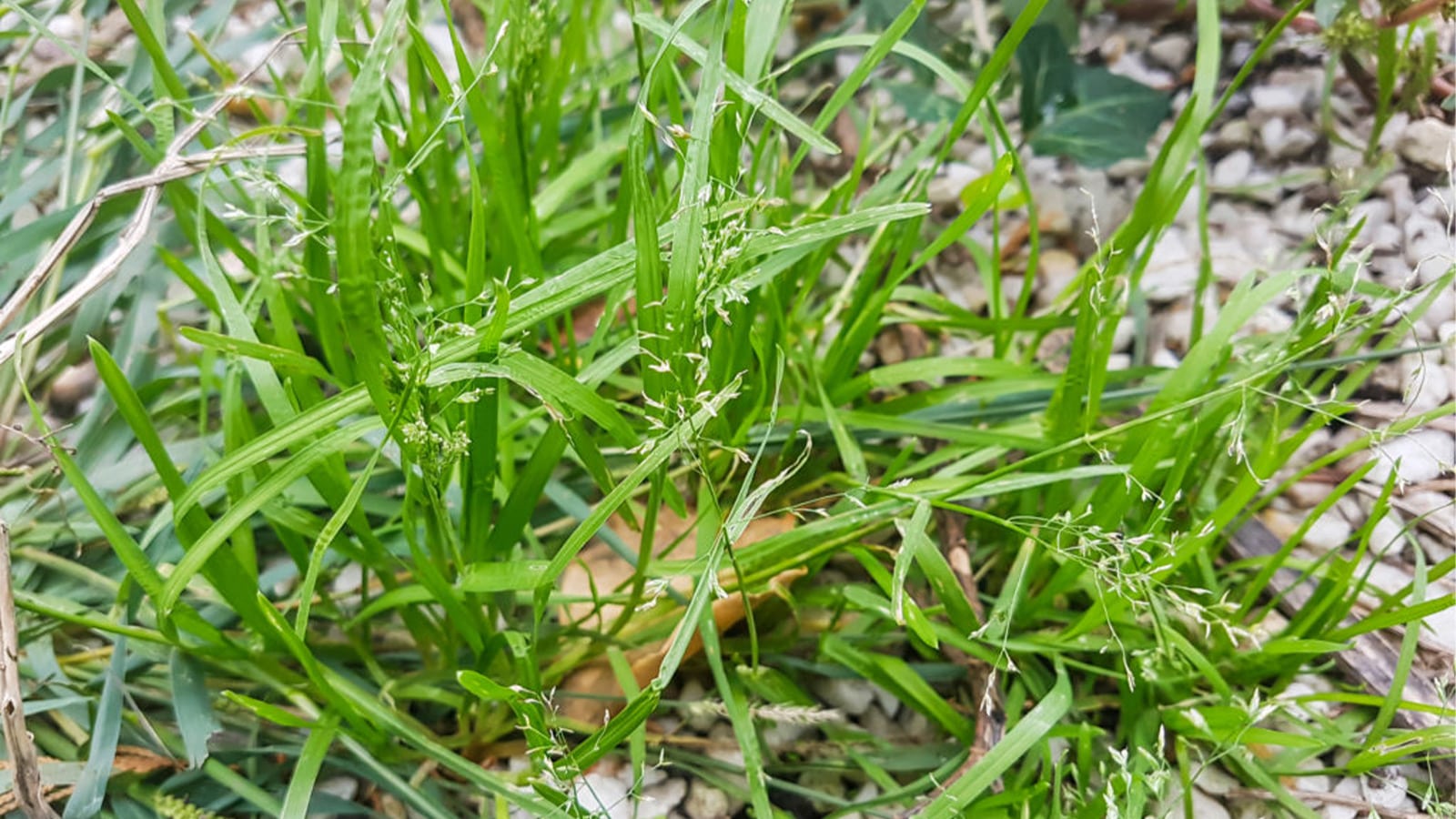

Landscaping Ideas
What Kills Poa Annua Grass
Modified: April 1, 2024
Discover effective landscaping ideas to eliminate Poa annua grass and achieve a pristine lawn. Learn how to tackle this common nuisance with expert tips and strategies.
(Many of the links in this article redirect to a specific reviewed product. Your purchase of these products through affiliate links helps to generate commission for Storables.com, at no extra cost. Learn more)
Introduction
Welcome to the complex and fascinating world of landscaping, where a lush and vibrant lawn is the pride of every homeowner. However, maintaining a flawless expanse of greenery can be a challenging endeavor, especially when faced with the relentless presence of Poa annua grass. This resilient and invasive species, also known as annual bluegrass, has a notorious reputation for infiltrating lawns and disrupting the uniformity of turfgrass. In this comprehensive guide, we will delve into the various factors and methods that contribute to the control and, ultimately, the eradication of Poa annua grass.
Poa annua grass, characterized by its light green hue and fine texture, has a tenacious nature that enables it to thrive in diverse environments. Despite its diminutive stature, this opportunistic grass species possesses a remarkable ability to outcompete desirable turfgrasses, leading to a patchy and unsightly appearance in lawns and landscapes. Understanding the underlying factors that contribute to the proliferation of Poa annua grass is essential in formulating effective strategies to combat its presence.
Whether you are a seasoned landscaper or an enthusiastic homeowner striving for a pristine lawn, the battle against Poa annua grass requires a multifaceted approach. From environmental influences to cultural practices and the utilization of chemical and biological controls, every aspect plays a crucial role in mitigating the impact of this persistent grass species. By exploring these facets in detail, we aim to equip you with the knowledge and insights needed to reclaim your lawn from the clutches of Poa annua grass.
Join us on this enlightening journey as we uncover the intricate dynamics of Poa annua grass and discover the most effective measures to thwart its encroachment. By the end of this exploration, you will emerge armed with the expertise to preserve the integrity and beauty of your lawn, free from the relentless grip of this resilient grass species. Let's embark on this enlightening odyssey and unravel the enigma of Poa annua grass together.
Key Takeaways:
- Poa annua grass is a resilient weed that thrives in moist, shaded areas and can outcompete desirable turfgrasses. Understanding its growth habits and implementing targeted cultural practices are essential for effective control.
- Environmental factors such as moisture levels, soil composition, and temperature significantly influence the prevalence of Poa annua grass. By addressing these factors and integrating chemical and biological controls, homeowners and landscapers can reclaim the integrity of their lawns.
Read more: What Kills Poa Annua In Bermuda Grass
Understanding Poa annua Grass
Before delving into the strategies for controlling Poa annua grass, it is essential to grasp the fundamental characteristics and behaviors of this prolific weed. Poa annua, also referred to as annual bluegrass, is a cool-season annual grass that thrives in a wide range of habitats, including lawns, golf courses, and sports fields. Its adaptability and rapid growth make it a formidable adversary in the quest for a flawless lawn.
Identifying Poa annua grass is crucial for effective management. This grass species typically features a boat-shaped tip on its leaf blades, distinguishing it from other grasses. Its diminutive size and light green coloration set it apart from desirable turfgrasses, often creating a speckled and uneven appearance in lawns. Despite its small stature, Poa annua is a prolific seed producer, further contributing to its widespread presence.
One of the key factors that contribute to the resilience of Poa annua grass is its adaptability to diverse environmental conditions. This grass species flourishes in moist, shaded areas, making it particularly challenging to control in lawns with such microenvironments. Moreover, its ability to germinate and establish rapidly allows it to outcompete desirable turfgrasses, leading to the formation of dense patches that detract from the uniformity of the lawn.
Furthermore, Poa annua grass exhibits a remarkable tolerance to close mowing, enabling it to persist in lawns subject to regular mowing practices. This tenacity poses a significant obstacle to its eradication, as traditional mowing routines may inadvertently facilitate its spread. Understanding these intrinsic traits of Poa annua grass is pivotal in formulating targeted approaches to mitigate its impact and restore the aesthetic appeal of the lawn.
By familiarizing ourselves with the unique attributes and growth habits of Poa annua grass, we gain valuable insights that inform our efforts to combat its encroachment. Armed with this knowledge, we are better equipped to implement tailored strategies that address the specific challenges posed by this resilient grass species. As we continue our exploration, we will unravel the environmental factors that contribute to the proliferation of Poa annua grass, shedding light on the intricate dynamics that govern its presence in lawns and landscapes.
Environmental Factors
The prevalence of Poa annua grass is intricately linked to a myriad of environmental factors that provide conducive conditions for its growth and proliferation. Understanding these influential elements is essential in devising effective measures to counteract the encroachment of this resilient grass species.
Moisture levels play a pivotal role in creating an environment favorable to the establishment and spread of Poa annua grass. Areas with excessive moisture, such as poorly drained soils or regions subject to overwatering, provide an ideal habitat for the germination and growth of this grass species. Additionally, shaded areas with limited air circulation contribute to heightened moisture levels, further facilitating the persistence of Poa annua grass.
Soil composition and fertility also influence the prevalence of Poa annua grass. This opportunistic weed thrives in soils with high nitrogen content, making it particularly adept at colonizing lawns and landscapes that receive excessive fertilization. Furthermore, compacted soils, often resulting from high foot traffic or heavy machinery, create an environment conducive to the proliferation of Poa annua grass, as it can adapt to the challenging conditions imposed by soil compaction.
Temperature and climatic conditions significantly impact the growth and behavior of Poa annua grass. As a cool-season annual grass, Poa annua flourishes in regions characterized by mild winters and moderate temperatures, allowing it to thrive during the cooler months. Its adaptability to varying climatic conditions enables it to persist and spread, posing a persistent challenge to the maintenance of a pristine lawn.
Understanding the interplay of these environmental factors provides valuable insights into the dynamics governing the prevalence of Poa annua grass. By addressing these influential elements through targeted interventions and strategic landscaping practices, it becomes possible to create an inhospitable environment for the persistence of this resilient grass species. As we navigate through the intricate web of environmental influences, we will uncover the cultural practices that form an integral part of comprehensive strategies for controlling Poa annua grass, further enriching our understanding of effective lawn management.
Cultural Practices
In the realm of landscaping, cultural practices form the cornerstone of effective lawn management, playing a pivotal role in shaping the health and appearance of turfgrass. When confronted with the relentless encroachment of Poa annua grass, implementing strategic cultural practices becomes instrumental in mitigating its impact and restoring the vitality of the lawn.
Meticulous lawn maintenance, including proper irrigation practices, is paramount in creating an environment that discourages the proliferation of Poa annua grass. By adopting a targeted approach to watering, ensuring deep and infrequent irrigation to promote the development of deep-rooted desirable turfgrasses, it becomes possible to create an inhospitable habitat for the opportunistic growth of Poa annua grass.
Furthermore, aeration and dethatching play a crucial role in mitigating the prevalence of Poa annua grass. By alleviating soil compaction and removing excessive thatch buildup, these practices foster an environment conducive to the establishment and dominance of desirable turfgrasses, reducing the opportunities for Poa annua grass to gain a foothold in the lawn.
Adhering to proper mowing practices is essential in the battle against Poa annua grass. Maintaining an appropriate mowing height for the specific turfgrass species, avoiding excessively close mowing, and regularly sharpening mower blades contribute to the resilience of desirable turfgrasses, hindering the encroachment of Poa annua grass and preserving the uniformity of the lawn.
Fertilization practices also play a pivotal role in shaping the competitive dynamics within the lawn. By adopting a targeted fertilization regimen that promotes the vigor and resilience of desirable turfgrasses while minimizing the provision of nutrients that fuel the growth of Poa annua grass, it becomes feasible to tip the balance in favor of the desired grass species.
By embracing these strategic cultural practices, we pave the way for the restoration of a vibrant and uniform lawn, free from the pervasive influence of Poa annua grass. As we unravel the multifaceted approaches to lawn management, we will explore the utilization of chemical controls as a complementary strategy in the comprehensive endeavor to combat the encroachment of this resilient grass species.
To kill Poa annua grass, use a selective herbicide labeled for Poa annua control. Apply in the fall or early spring for best results.
Chemical Control
When faced with the persistent presence of Poa annua grass in lawns and landscapes, the strategic utilization of chemical controls emerges as a valuable tool in the comprehensive arsenal of lawn management. By employing targeted herbicidal treatments, it becomes possible to mitigate the encroachment of this resilient grass species and restore the aesthetic appeal of the turfgrass.
Selective herbicides, specifically formulated to target annual bluegrass while preserving the integrity of desirable turfgrasses, serve as a potent means of controlling the prevalence of Poa annua grass. These herbicidal formulations leverage the distinctive characteristics of Poa annua grass to deliver targeted and effective control, minimizing the collateral impact on the surrounding turfgrass.
Pre-emergent herbicides play a crucial role in preventing the germination and establishment of Poa annua grass, offering a proactive approach to managing its presence. By applying pre-emergent herbicides at strategic intervals, aligned with the germination patterns of Poa annua grass, it becomes feasible to disrupt its life cycle and reduce its infiltration into the lawn.
Post-emergent herbicidal treatments provide a targeted means of addressing existing infestations of Poa annua grass, offering precise control and containment. These formulations are tailored to effectively suppress the growth of Poa annua grass while safeguarding the vitality of desirable turfgrasses, facilitating the restoration of a uniform and vibrant lawn.
Furthermore, the integration of herbicidal treatments with cultural practices and environmental modifications enhances the efficacy of chemical controls, creating a synergistic approach to managing the presence of Poa annua grass. By aligning the application of herbicides with optimal cultural practices, such as aeration and overseeding, it becomes possible to maximize the impact of chemical controls while fostering the resurgence of desirable turfgrasses.
Embracing the strategic utilization of herbicidal treatments empowers homeowners and landscapers to reclaim the integrity of their lawns, free from the pervasive influence of Poa annua grass. As we delve deeper into the multifaceted strategies for managing the presence of this resilient grass species, we will uncover the potential of biological controls as a sustainable and complementary approach in the endeavor to restore the vibrancy of the turfgrass.
Read more: What Is Poa Annua Grass
Biological Control
In the pursuit of sustainable and environmentally conscious lawn management, biological control emerges as a compelling approach to mitigating the prevalence of Poa annua grass. By harnessing the natural mechanisms and interactions within the ecosystem, biological controls offer a targeted and eco-friendly means of managing the encroachment of this resilient grass species.
Utilizing competitive and antagonistic plant species, such as strong and vigorous turfgrasses, serves as a foundational strategy in biological control. By fostering the dominance of desirable turfgrasses through strategic overseeding and cultivation, it becomes possible to outcompete and suppress the growth of Poa annua grass, reshaping the competitive dynamics within the lawn.
Biological agents, including beneficial microorganisms and fungi, play a pivotal role in mitigating the prevalence of Poa annua grass. These natural allies contribute to the suppression of Poa annua grass by antagonizing its growth and development, offering a sustainable and harmonious approach to restoring the balance within the lawn ecosystem.
Furthermore, the strategic introduction of natural predators and herbivores that target Poa annua grass presents an innovative avenue for biological control. By leveraging the innate feeding preferences of specific organisms, it becomes feasible to curtail the proliferation of Poa annua grass while fostering a dynamic and balanced ecosystem within the lawn.
Integrating biological controls with cultural practices and environmental modifications amplifies their impact, creating a holistic and resilient approach to managing the presence of Poa annua grass. By aligning the promotion of beneficial organisms with targeted cultural interventions, such as aeration and soil amendments, it becomes possible to cultivate an environment that naturally suppresses the growth of Poa annua grass.
Embracing the potential of biological controls empowers homeowners and landscapers to foster a harmonious and sustainable lawn ecosystem, free from the pervasive influence of Poa annua grass. By integrating these natural strategies with comprehensive lawn management practices, we pave the way for the restoration of a vibrant and resilient turfgrass, thriving in equilibrium with the surrounding environment.
As we conclude our exploration of the multifaceted strategies for managing the presence of Poa annua grass, we emerge equipped with a nuanced understanding of the environmental, cultural, chemical, and biological dynamics that govern its prevalence. Through the strategic application of these insights, we embark on a journey to reclaim the integrity and beauty of lawns, fostering landscapes that exude vitality and resilience.
Conclusion
As we draw the curtains on our comprehensive exploration of the multifaceted strategies for managing the presence of Poa annua grass, we emerge equipped with a nuanced understanding of the environmental, cultural, chemical, and biological dynamics that govern its prevalence. Our journey through the intricate landscape of lawn management has unveiled the resilience and adaptability of Poa annua grass, presenting a formidable challenge to homeowners and landscapers alike.
From the influential environmental factors that create conducive habitats for the proliferation of Poa annua grass to the strategic cultural practices that shape the competitive dynamics within the lawn, we have delved into the intricacies of effective lawn management. The utilization of chemical controls, with targeted herbicidal treatments and proactive pre-emergent strategies, offers a potent means of mitigating the encroachment of Poa annua grass, fostering the resurgence of desirable turfgrasses.
Furthermore, the potential of biological controls has emerged as a sustainable and harmonious approach to managing the prevalence of Poa annua grass. By harnessing the natural mechanisms and interactions within the ecosystem, biological controls offer a targeted and eco-friendly means of reshaping the competitive dynamics within the lawn, fostering a vibrant and resilient turfgrass.
As we integrate these insights into our approach to lawn management, we pave the way for the restoration of vibrant and uniform lawns, free from the pervasive influence of Poa annua grass. By aligning targeted interventions with a nuanced understanding of the intrinsic traits and growth habits of Poa annua grass, we embark on a journey to reclaim the integrity and beauty of our landscapes, fostering environments that exude vitality and resilience.
In the pursuit of a flawless and vibrant lawn, the battle against Poa annua grass demands a multifaceted approach that encompasses environmental modifications, strategic cultural practices, targeted chemical controls, and sustainable biological interventions. By embracing this comprehensive strategy, we empower homeowners and landscapers to cultivate landscapes that exude vitality and beauty, free from the relentless grip of this resilient grass species.
As we bid adieu to the enigma of Poa annua grass, we carry forth a wealth of knowledge and insights that will guide our endeavors in creating and maintaining landscapes that captivate the eye and nurture the soul. Let us embark on this journey with determination and ingenuity, shaping lawns that stand as testaments to the harmonious coexistence of nature and meticulous craftsmanship.
Frequently Asked Questions about What Kills Poa Annua Grass
Was this page helpful?
At Storables.com, we guarantee accurate and reliable information. Our content, validated by Expert Board Contributors, is crafted following stringent Editorial Policies. We're committed to providing you with well-researched, expert-backed insights for all your informational needs.
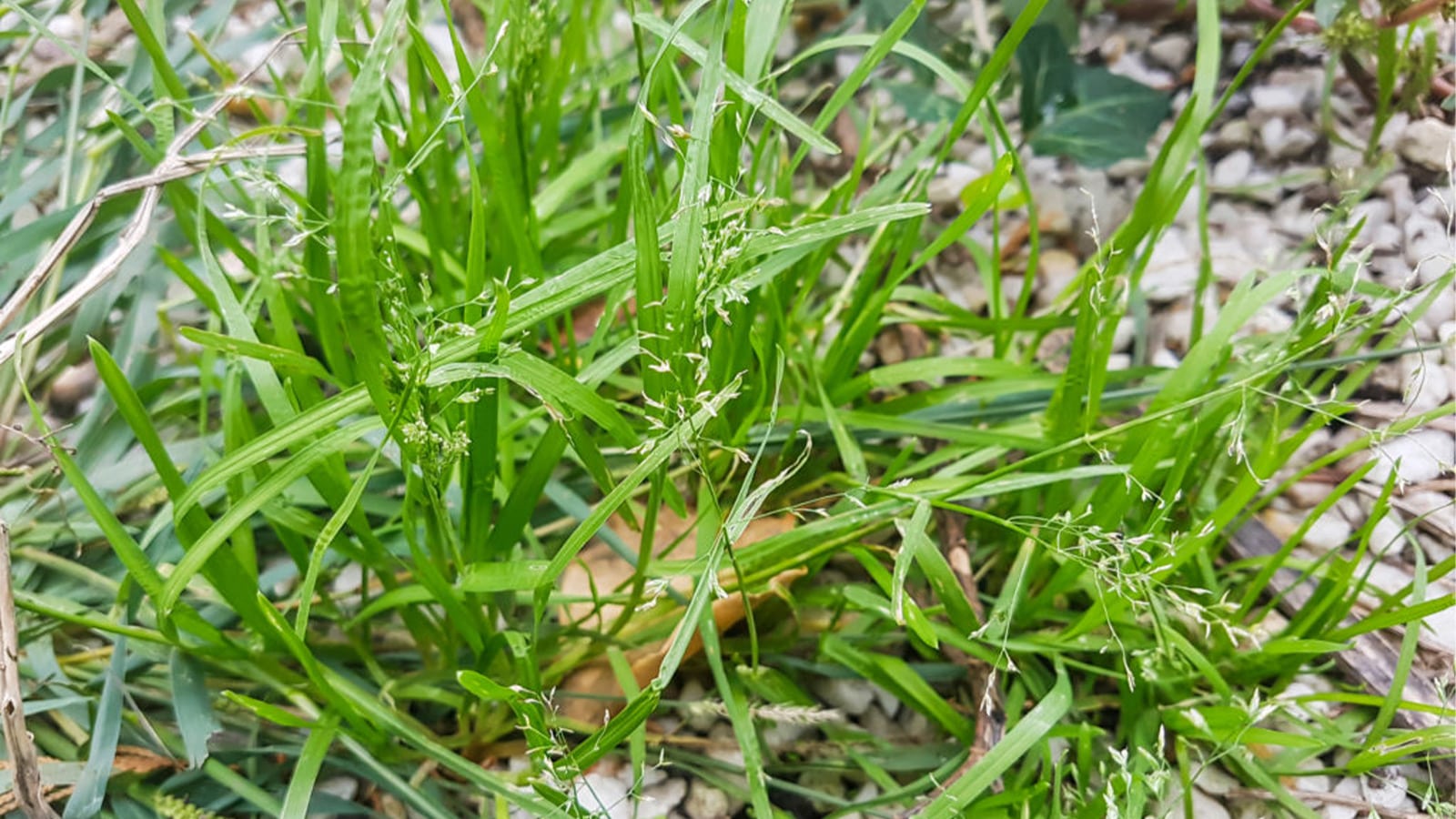
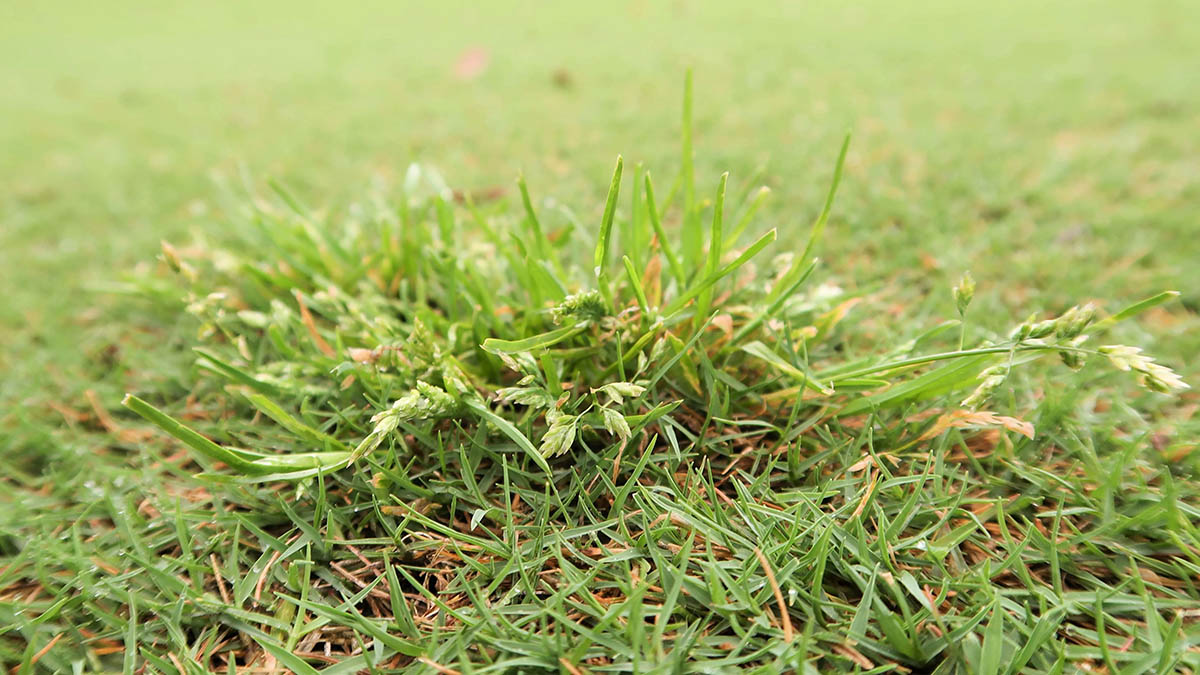

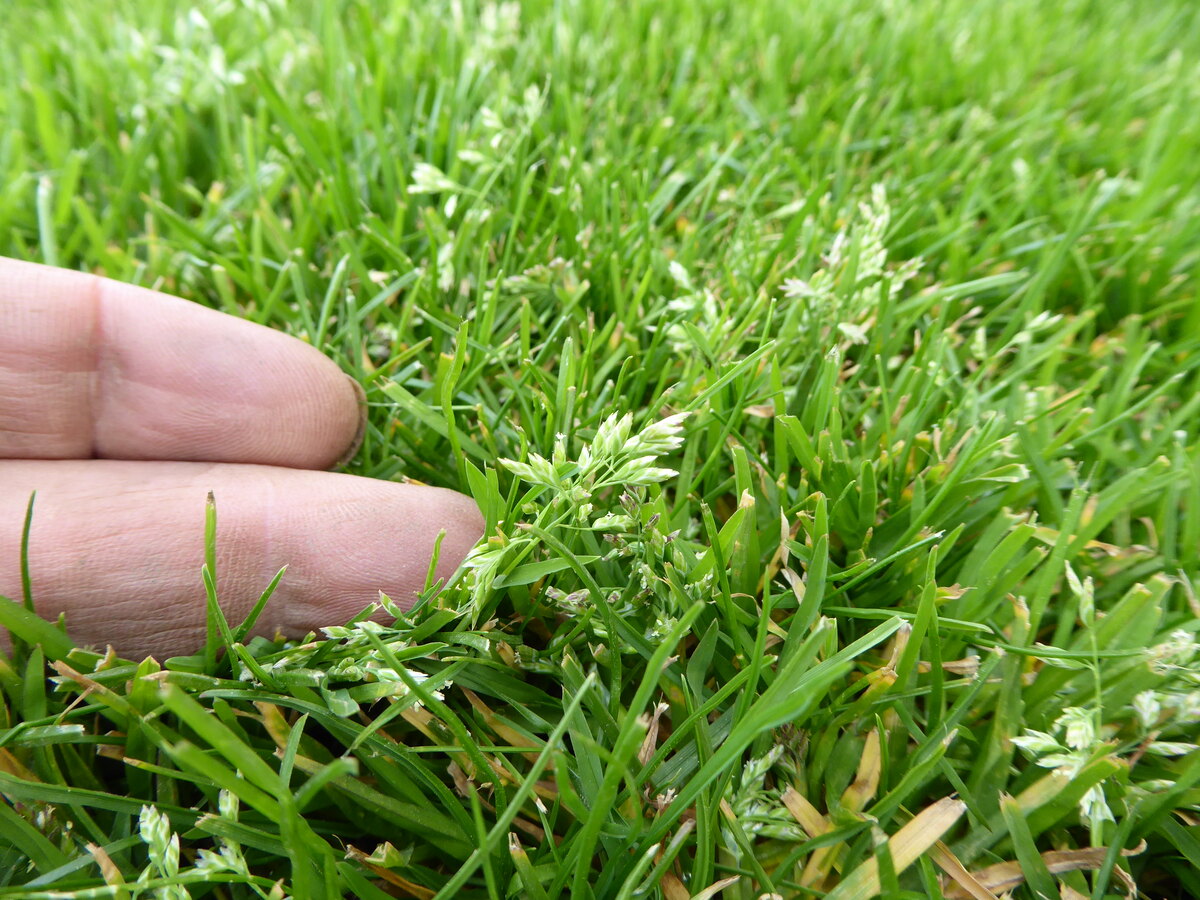
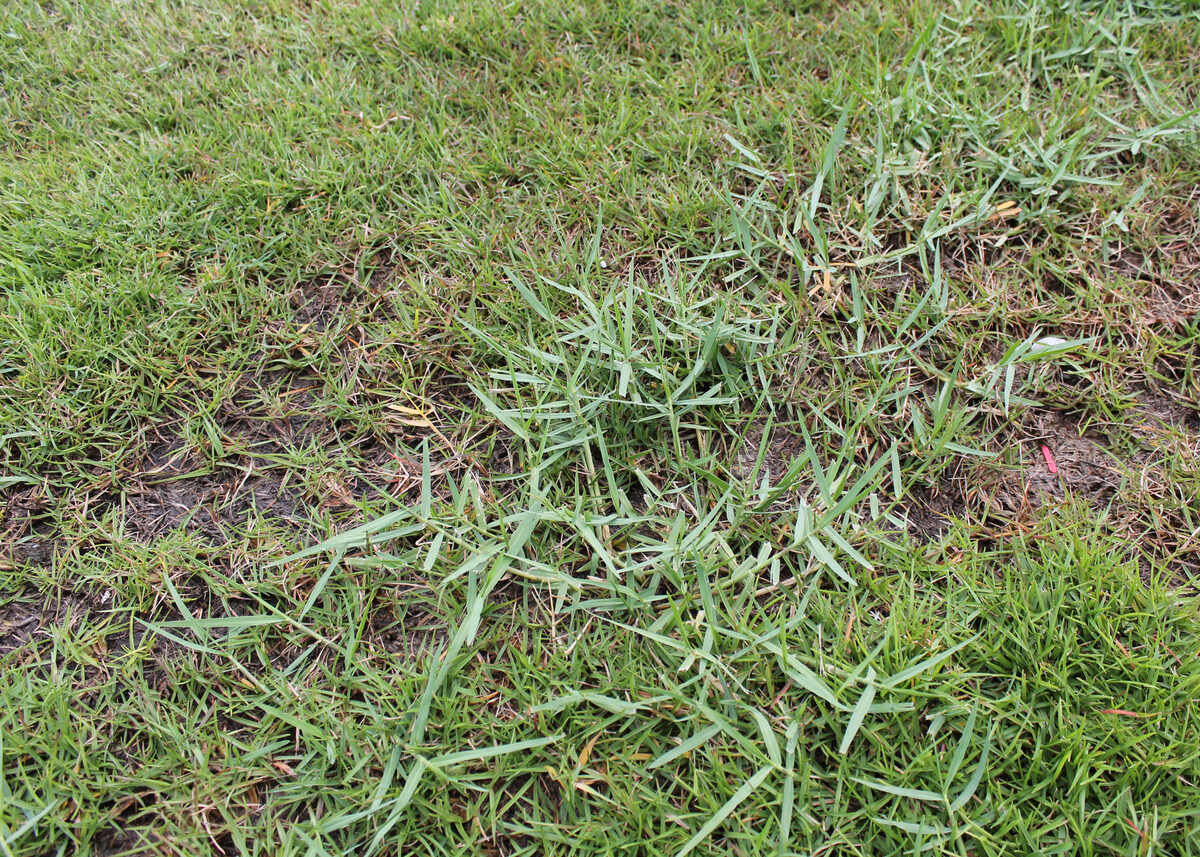
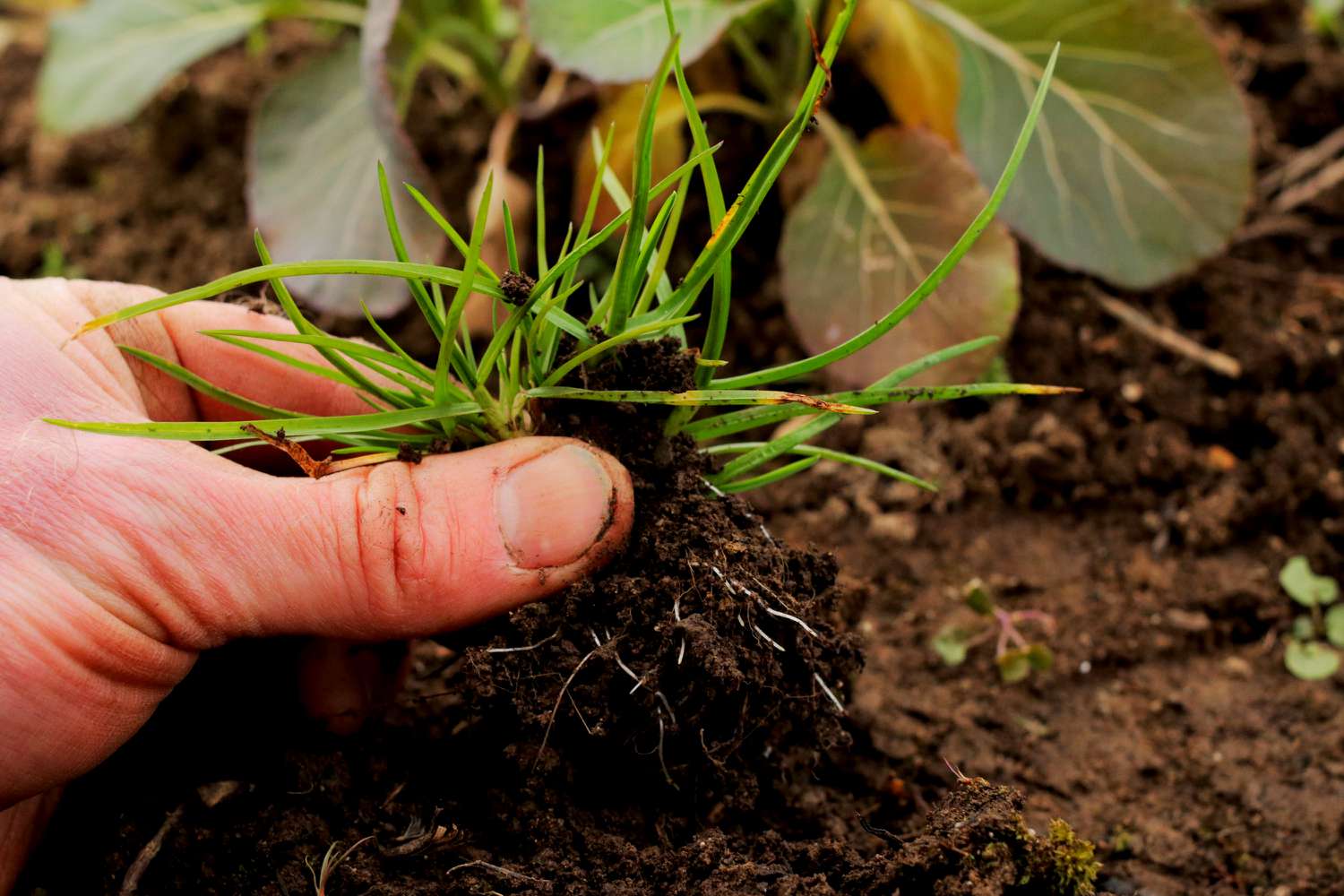
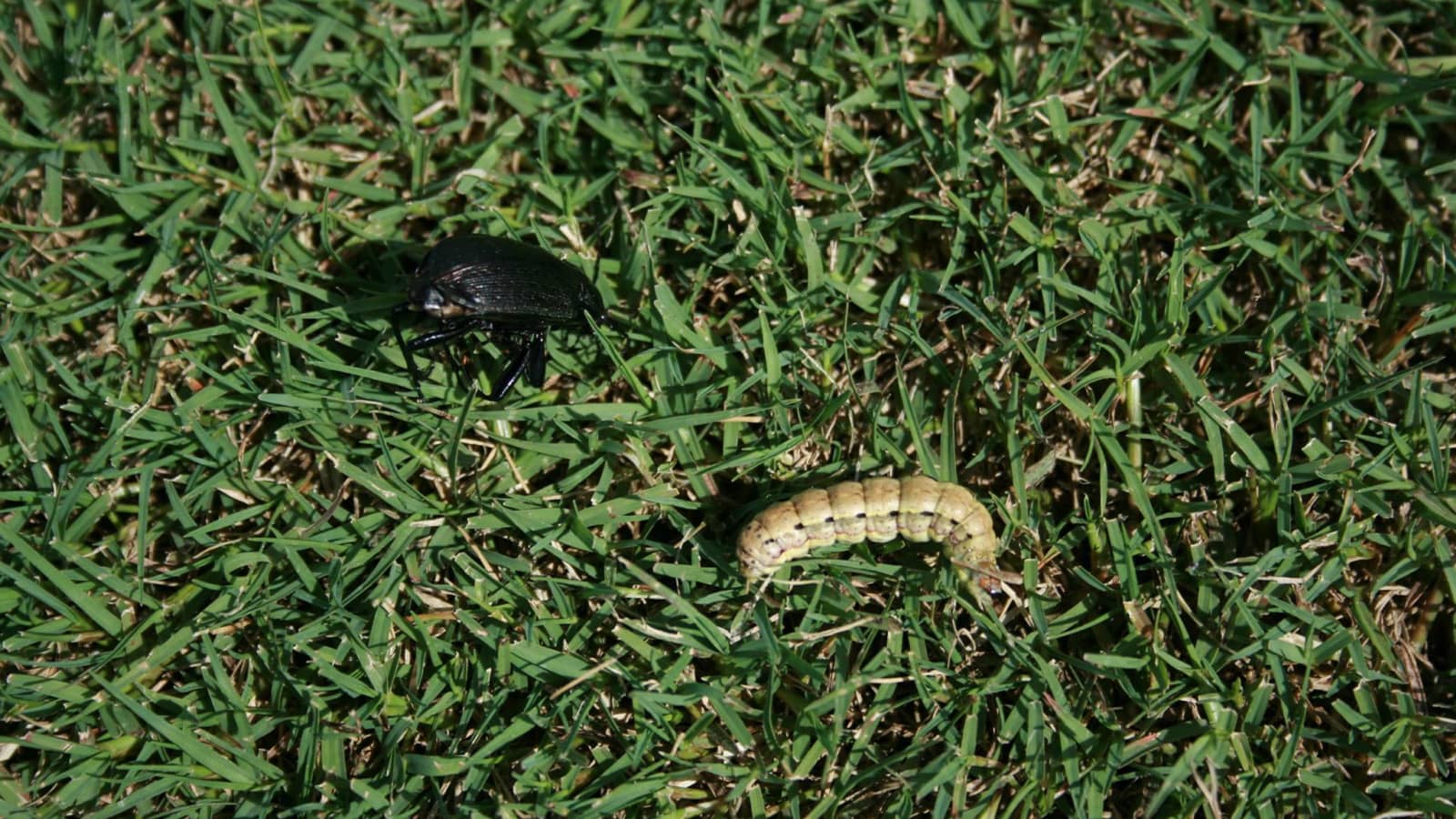
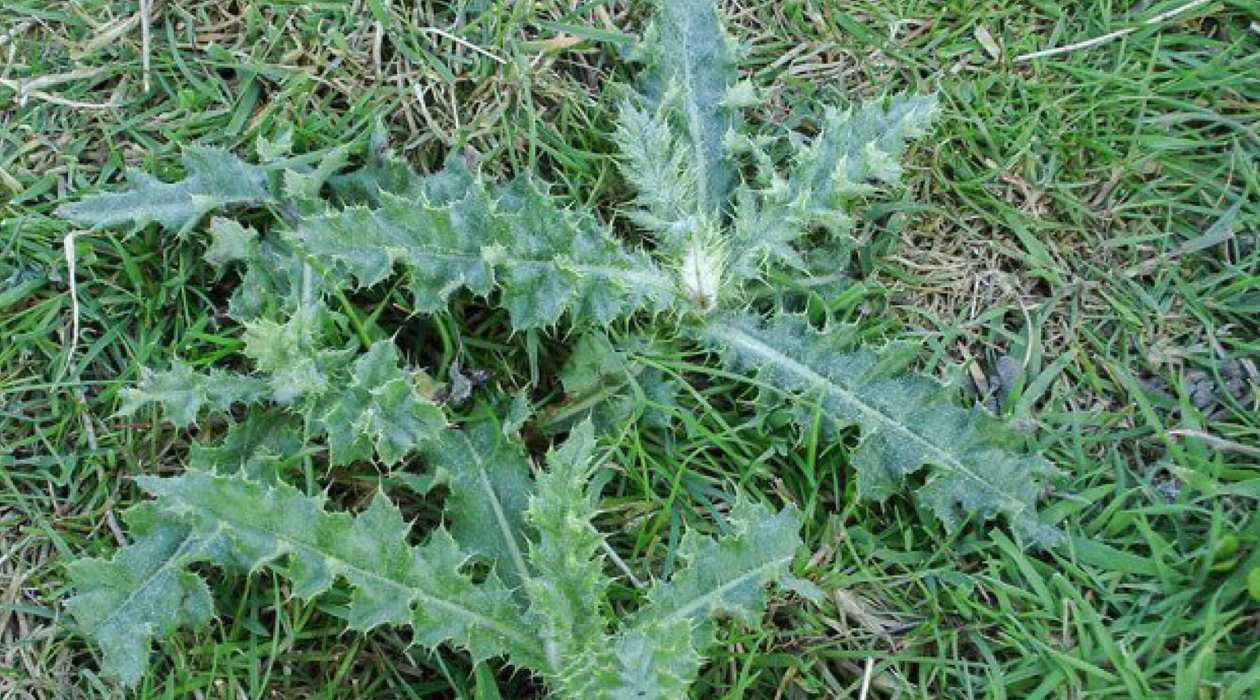
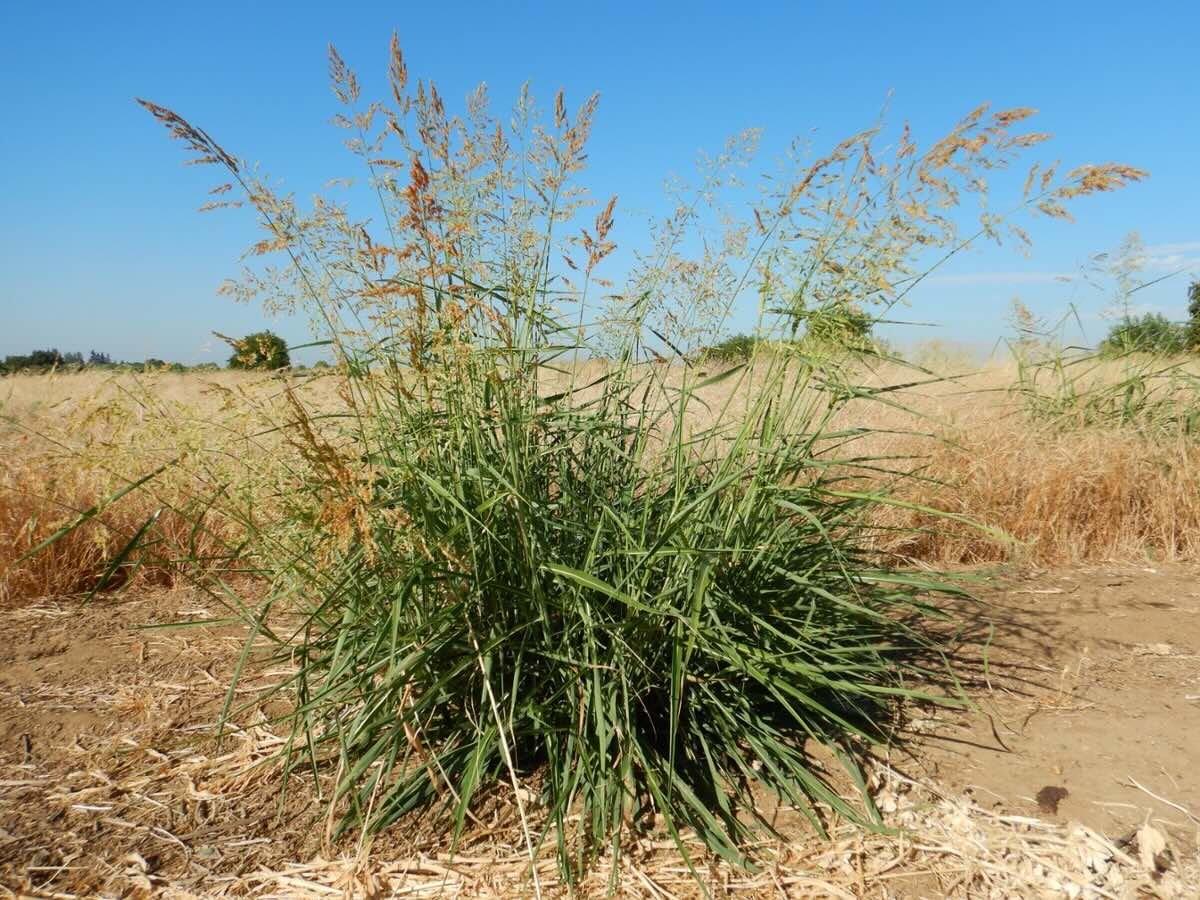
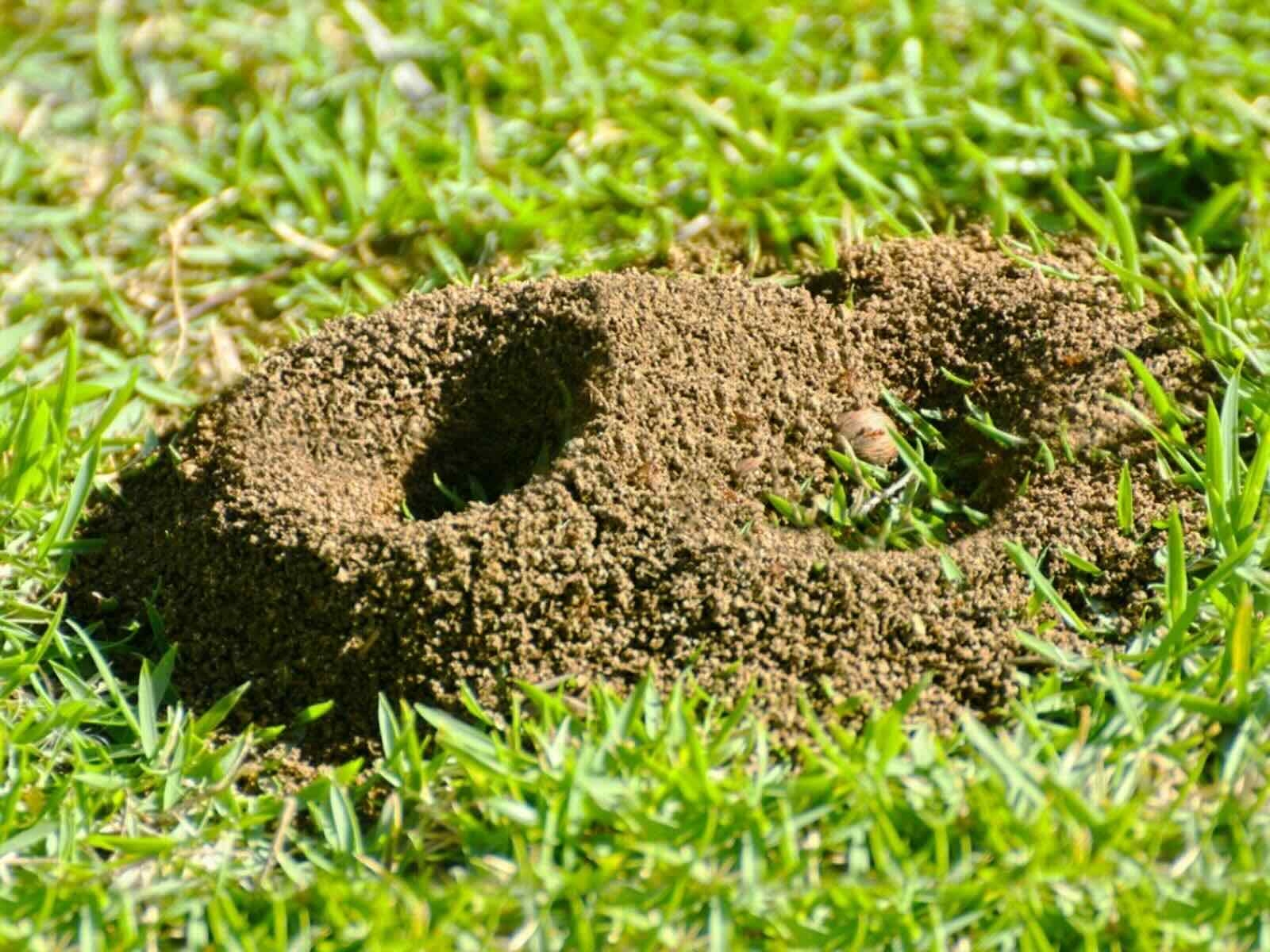
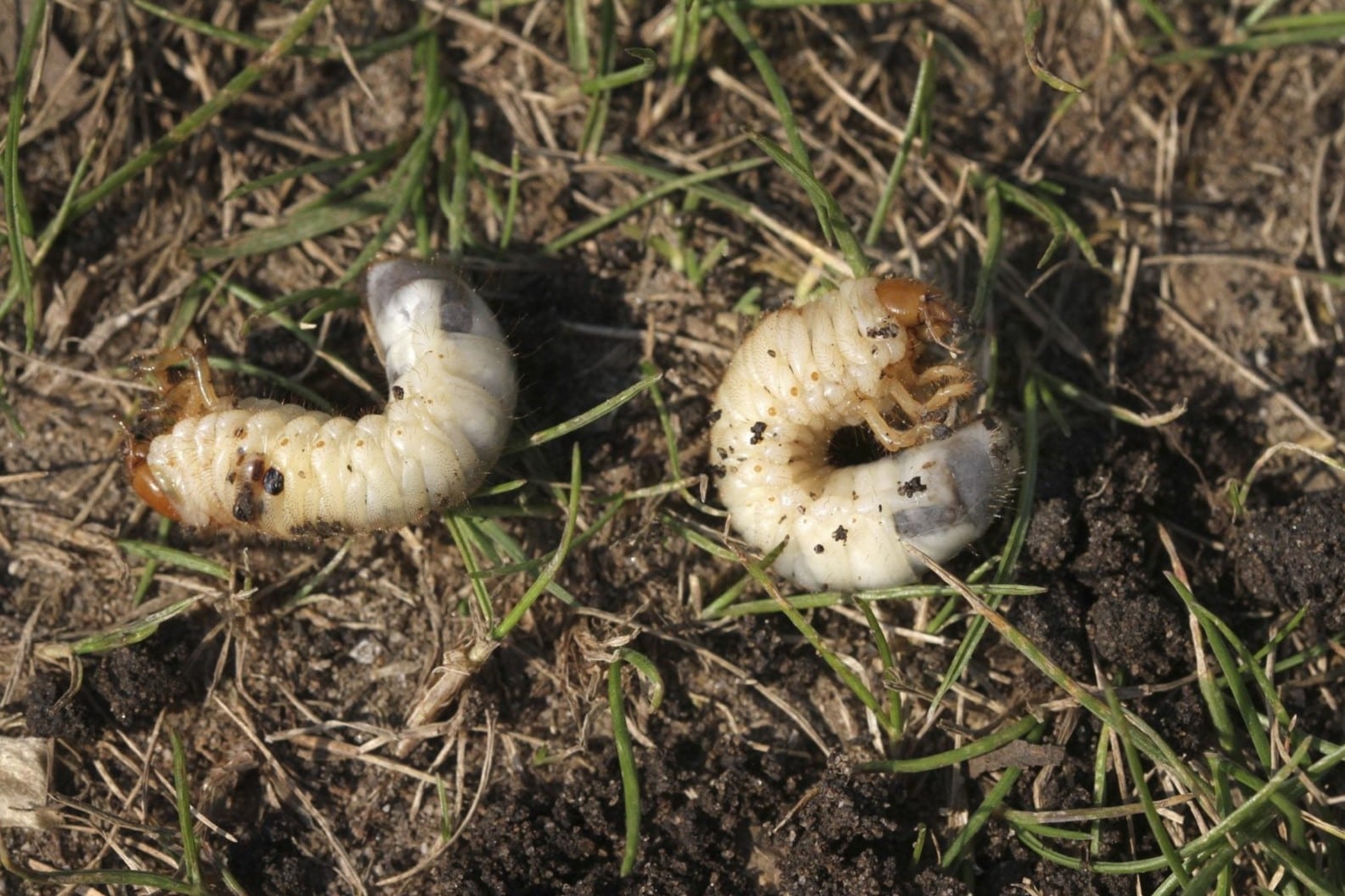
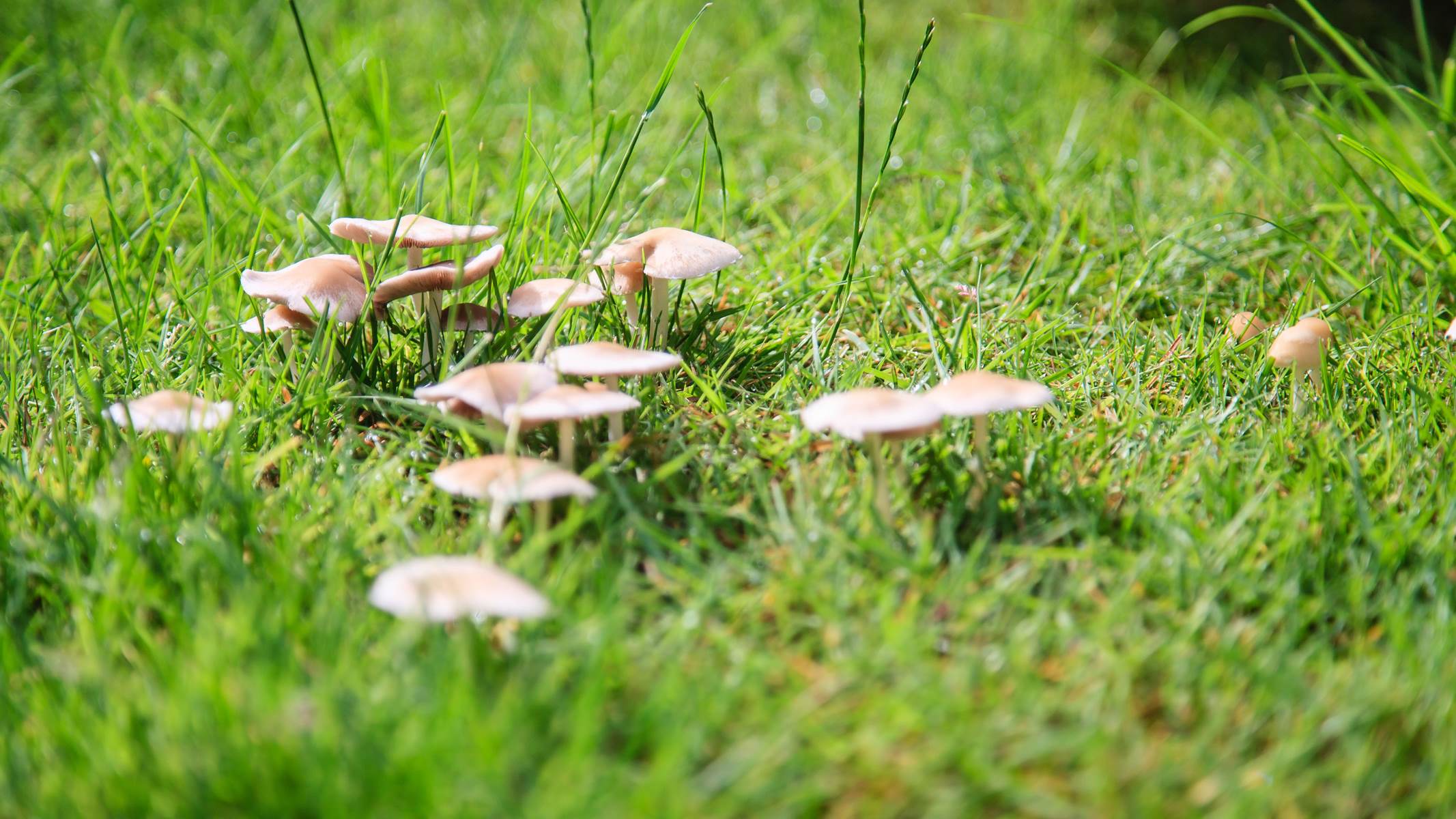
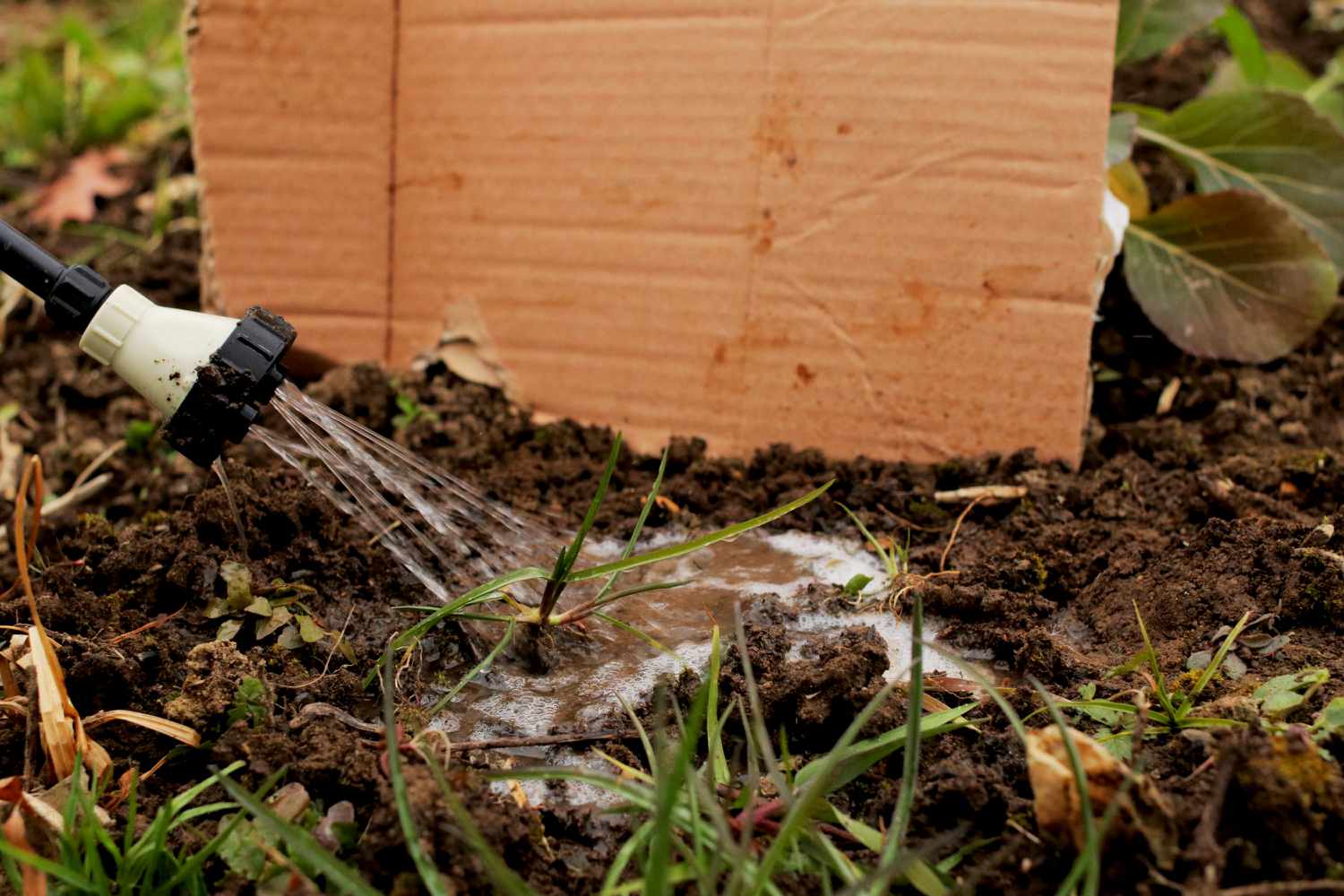
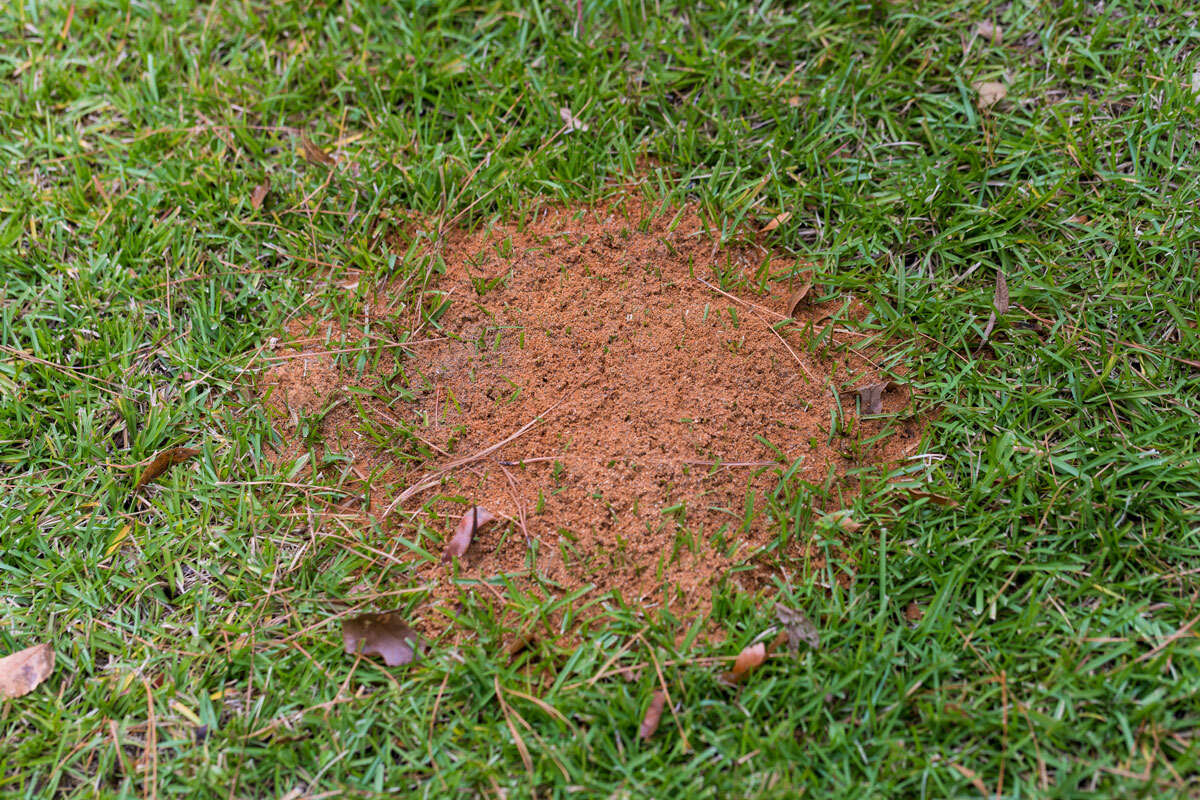

0 thoughts on “What Kills Poa Annua Grass”